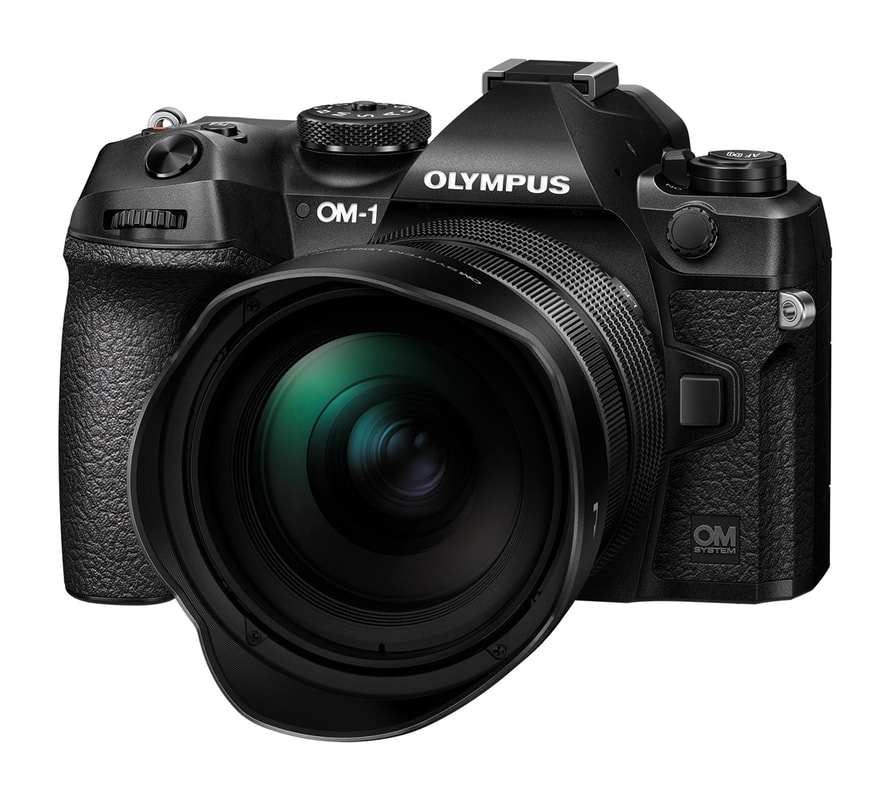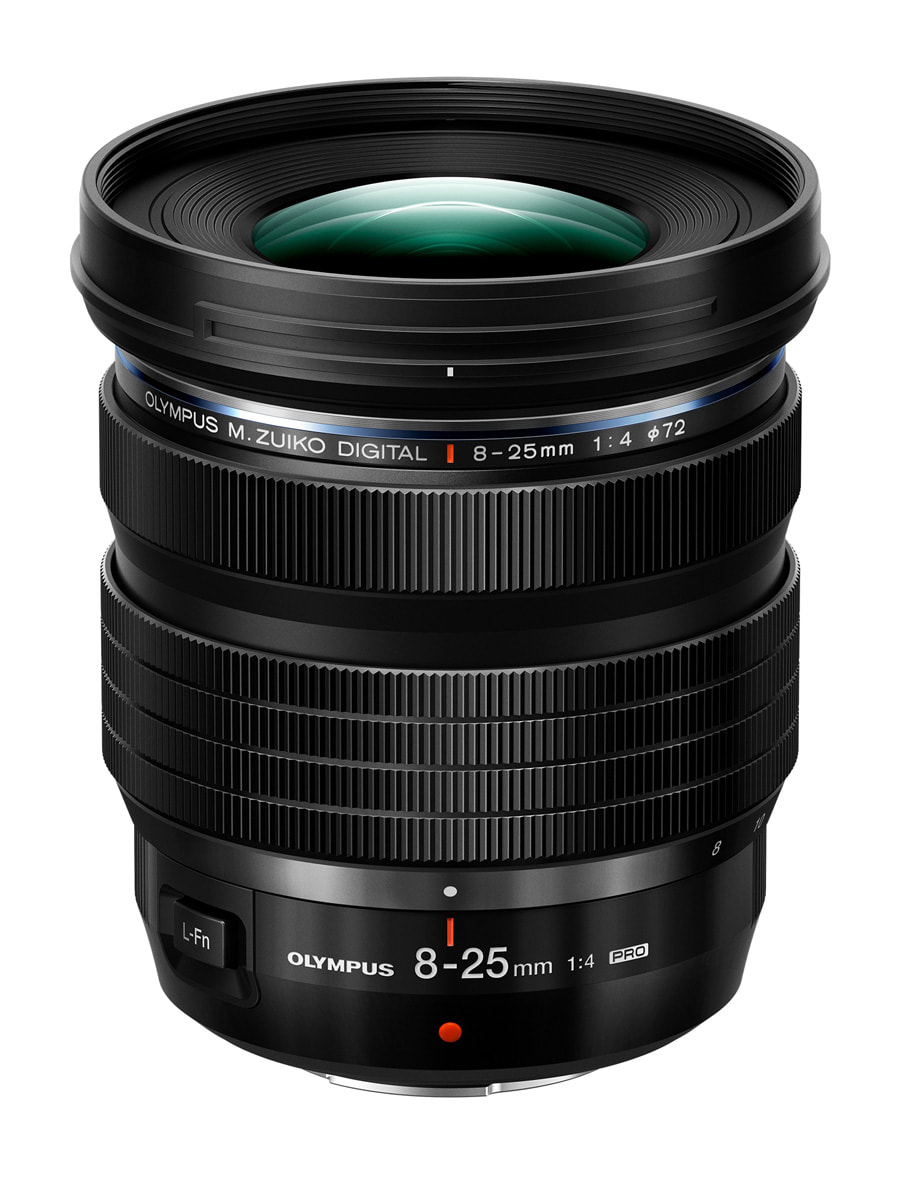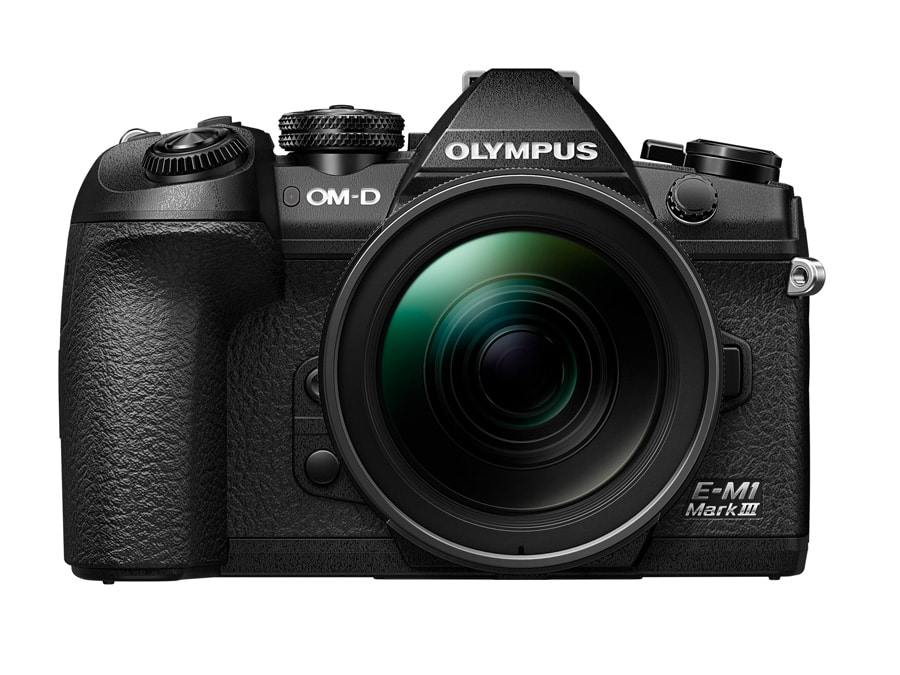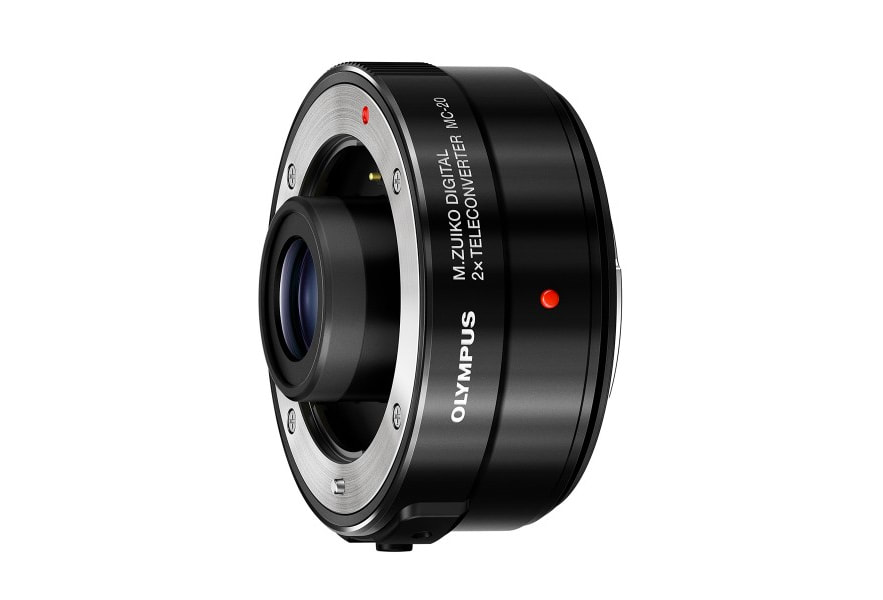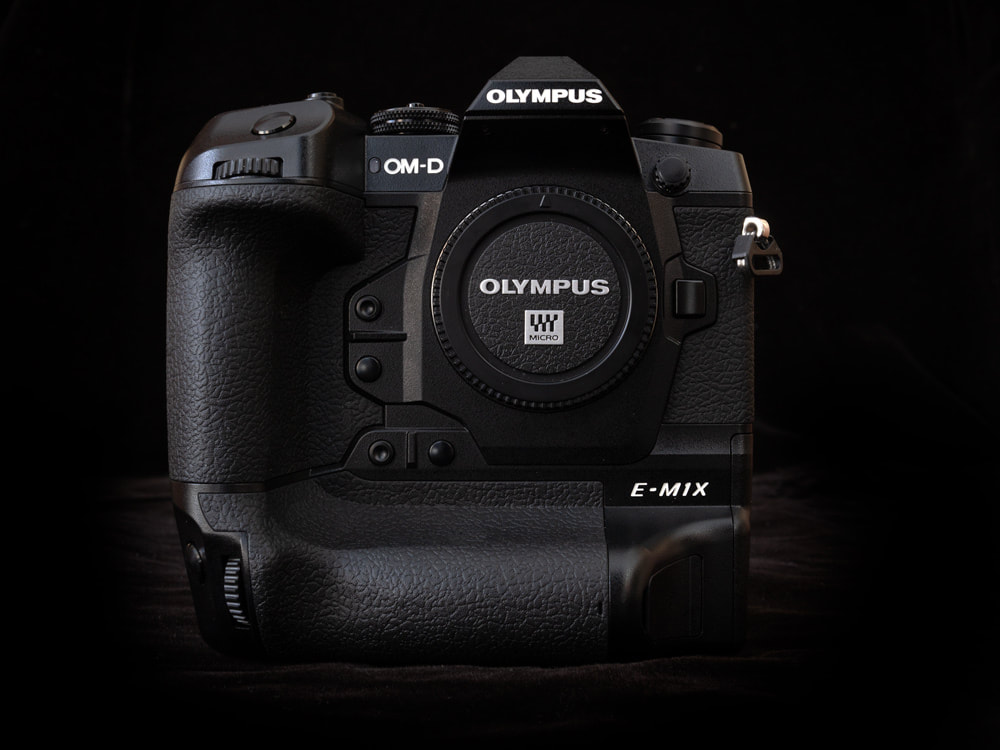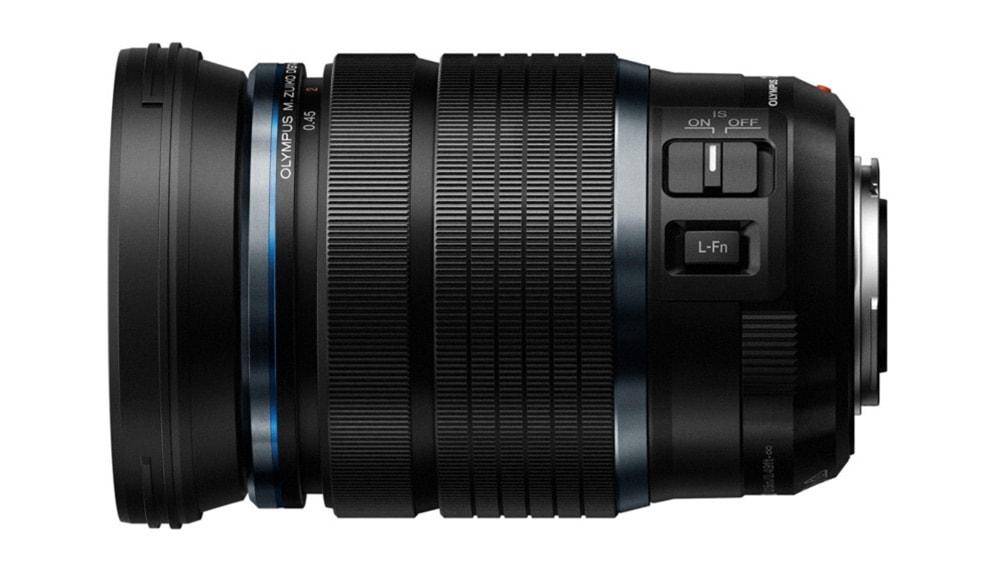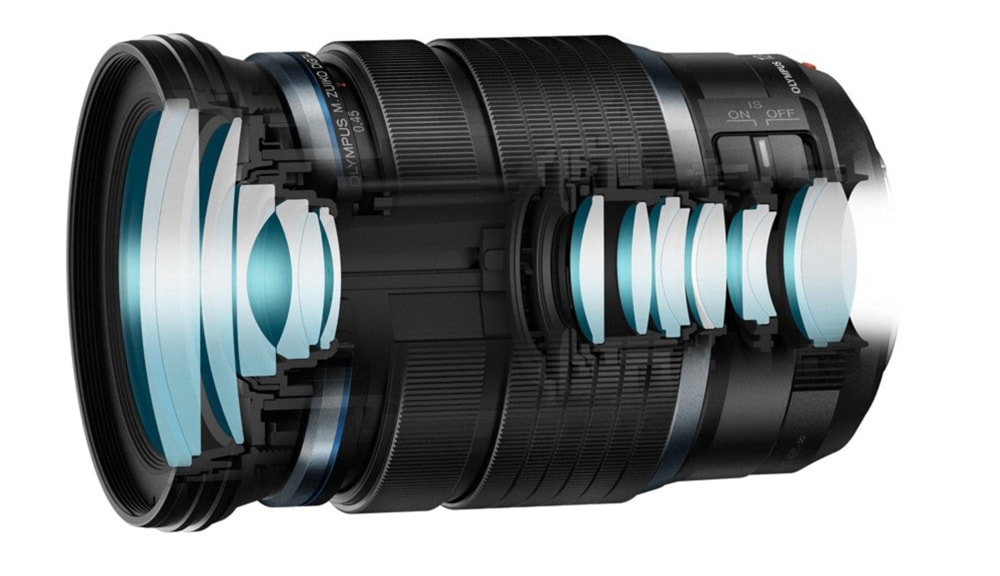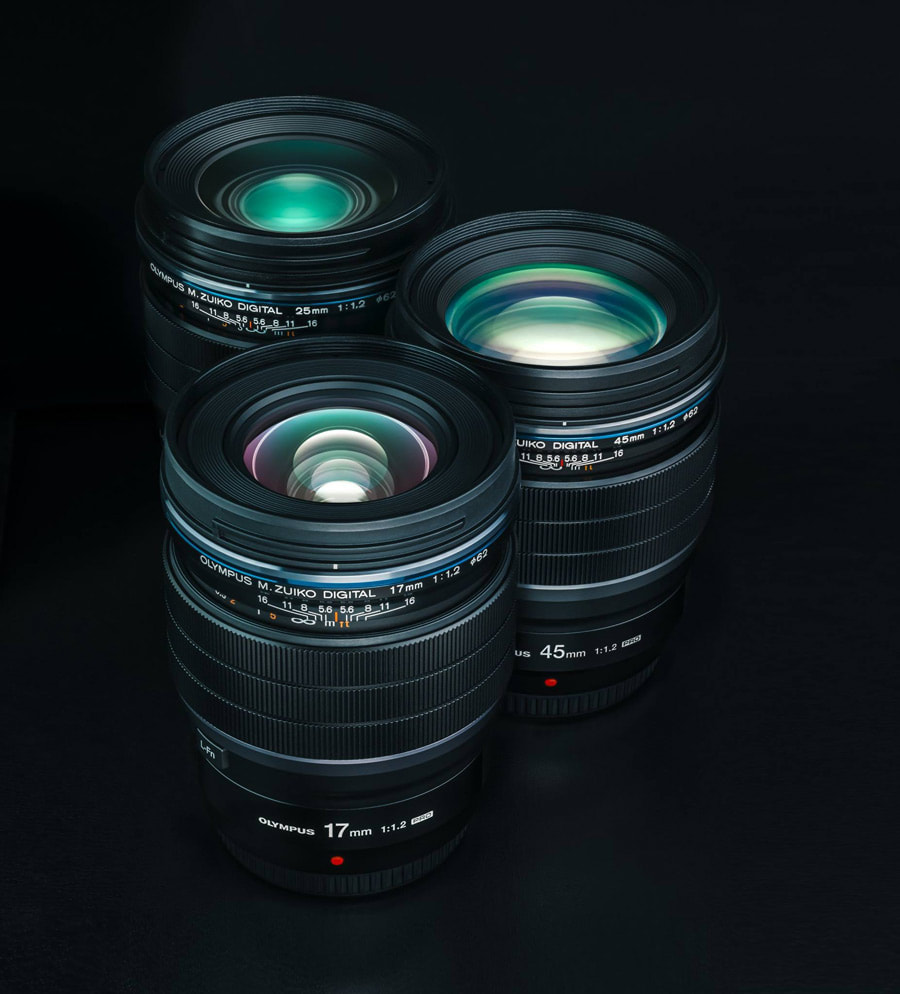|
Disclosure: I am an OM System Ambassador and as such receive compensation from OM Digital Solutions. Although compensation was paid for this review, I endorse their products because I truly believe in the quality of their gear. In 1972 Olympus released the OM-1. It earned high praise as the smallest and lightest SLR camera of its time and included numerous innovations in its build and design. Fifty years later the OM-1 is back. The name may be the same, but after that the differences are innumerable. It still bears the Olympus name, but the new OM-1 is also branded with the OM System logo. It is the first camera released by OM Digital Solutions. I had the opportunity to shoot with the OM-1 prior to its release date. In using the camera there have been some real “wow” moments – things that excited me, and a few things where the camera didn’t quite hit the mark. Keep in mind that this isn’t a formal review, but rather my impressions of how the OM-1 stacks up, especially when compared to previous models like the E-M1 Mark III and the E-M1X.
25 Comments
The M.Zuiko 8-25mm F4 PRO Disclosure: I am an Olympus Visionary and as such, receive compensation from Olympus America. However, no compensation was paid for this review. I endorse their products because I truly believe in the quality of their gear. I'm an extreme photographer. Let me explain that statement before you get the wrong idea. When it comes to focal lengths, I like to work at the extremes - either ultra-wide, for my landscape shooting, or super telephoto for wildlife. Recently, Olympus released two amazing long lenses, so the telephoto range is nicely covered with a number of options. That wasn't the case when it came to ultra-wide choices. The release of the M.Zuiko 8-25mm F4 PRO changes that. Up to now, if you wanted to capture 'the big picture' you had two lenses to choose from, the M.Zuiko 7-14mm F2.8 PRO or the 8mm F1.8 Fisheye PRO. Both of these lenses are in my kit and have served me well. The release of the new 8-25mm F4 PRO now adds another ultra-wide option. An Amazing Camera Bag just Got Better! A few years ago I picked up the original Prvke 21 pack and fell in love with it, so when WANDRD reached out to me to see if I would be interested in receiving their latest version for free, I jumped at the chance. I've been a fan of the original for some time and there was no expectation of a review, nor did any money change hands. That said, it's been on my mind for some time to share my impressions, so this seemed like a perfect opportunity. I love this bag, but I will also be honest about its short-comings. Light, Powerful and my New Favourite!Disclosure: I am an Olympus Visionary and as such, receive compensation from Olympus America. However, no compensation was paid for this review. I endorse their products because I truly believe in the quality of their gear. The Olympus line-up of cameras has grown again with the release of the E-M1 Mark III, and I am very excited about this new model. Its predecessor, the Mark II came out back in late 2016, so this is a long-awaited addition. Before I delve into any details about this camera I must state that this is not a formal review (I'll leave that to the websites that make that their business), but rather a first impressions write-up. And as usual, I'm going to explore the features of the Mark III from the perspective of a nature/landscape photographer. So let's have a look...
A Look at the MC-20 TeleconverterDisclosure: I am an Olympus Visionary and as such, receive compensation from Olympus America. However, no compensation was paid for this review. I endorse their products because I truly believe in the quality of their gear. As a person who loves photographing wildlife, one of the most important tools in my bag is my super-telephoto lens - the M.Zuiko 300mm f/4 PRO. This gives me an equivalent focal length of 600mm when compared to full frame. For many situations that can be ample reach. But there are certainly times where you want to extend that reach and really pull in your subject. That's when a good teleconverter can come in handy. Until recently there was only one option from Olympus, the MC-14, a 1.4x converter that would bring the focal length to 420mm. Over the past couple of years I have used that teleconverter countless times to extend my reach and have been very happy with it. But even with that, there are times when I want my "go go gadget arm" to reach even farther. Enter the new MC-20 2x teleconverter.
A Nature Photographer's PerspectiveDisclosure: I am an Olympus Visionary and as such, receive compensation from Olympus America. However, no compensation was paid for this review. I endorse their products because I truly believe in the quality of their gear. Every photographer looks at a new camera release and asks, "Does this new model come with significant improvements from what I currently own, and does it suit my style and budget?" With the announcement of Olympus' new flagship model, the E-M1X, I was curious as to how well it fit my style as a nature photographer who primarily shoots landscapes and wildlife. Although designed to meet the needs of almost any style of photographer I wanted to provide "a natural perspective".
Before I get into any details, I must provide an important qualifier. This is not a technical review. It is a 'first impressions' write-up with some supporting details and a lot of comparison to the E-M1 Mark II.
The m.Zuiko 12-100mm f/4 PRO
Disclosure: I am an Olympus Visionary and as such, receive compensation from Olympus America. However, no compensation was paid for this review. I endorse their products because I truly believe in the quality of their gear.
No matter how many lenses you own, chances are that you have one or two that you end up reaching for more than the others in your bag. As a long time Olympus shooter I own most of the micro 4/3 lenses on the market today, and I use many of them quite regularly depending on the situation. That being said, I am finding that the new m.Zuiko 12-100mm f/4 PRO is spending a lot more time attached to my camera than any other lens. It has become my workhorse lens, for a number of important reasons.
Overview
The 12-100mm is a constant aperture f/4 lens that measures 116.5mm long by 77.5mm in diameter with a 72mm filter thread. Like all Olympus PRO lenses it has a programmable lens function button, a manual focus clutch and is weather-sealed, meaning it is splash proof, dust proof, and freeze proof. It has 17 elements in 11 groups with high quality construction and the Z nano coating to reduce glare. Perhaps most impressive is the 5-axis Sync image stabilization that works in tandem with the in-body image stabilization of the OM-D E-M1 Mark II to produce up to 6.5 stops of IS. Impressions of the New Olympus 17mm and 45mm f/1.2 PRO Lenses Disclosure: I am an Olympus Visionary and as such, receive compensation from Olympus America. However, no compensation was paid for this review. I endorse their products because I truly believe in the quality of their gear. In late 2016 Olympus announced the 25mm f/1.2 PRO - an incredibly fast and sharp lens with beautiful feathered bokeh. For the past year that lens has been pacing the waiting room anticipating the delivery of two promised siblings - the 17mm and 45mm f/1.2 lenses. The wait is now over. As an Olympus Visionary I was recently provided the opportunity to work with both the 17 and 45mm lenses at a press event in Charleston, SC alongside respected journalists and reviewers in the industry. After a few days of shooting I walked away (actually flew away) with a thoroughly positive impression of both lenses. They meet or exceed all of the claims made by Olympus. So what are those claims?
When Olympus released their flagship E-M1 model back in 2013 it made quite a splash. Reviewers and photographers of all stripes were thoroughly impressed with its feature-packed design. Three years later it is still a highly-regarded camera, but alas, it's time for an upgrade. After spending some time working with the new OM-D E-M1 Mark II, I have no doubt that Olympus has another success on their hands.
First Impressions
Before I get into any details, I must provide two important qualifiers. First, this is not a technical review. It is a 'first impressions' write-up with a few supporting details and a lot of comparison to its predecessor, the E-M1. Secondly, all of the information in this post is based on a pre-production model of the camera.
If you would rather watch a quick summary of the E-M1 Mark II, check out my video description below.
The OLYMPUS OMD E-M10 MARK II and 12mm F/2.0 LENS
As an Olympus Trailblazer I have the remarkable opportunity to shoot with practically any camera body and lens that Olympus makes. As a nature/landscape photographer I admit that I usually turn to one of the weather-sealed options from Olympus - either the E-M1 or the E-M5 II. After all, I often find myself in weather conditions that may not be favourable. So why am I writing a post on the E-M10 II and 12mm f/2.0? Quite honestly, more and more often I find myself reaching for this exceptional combination.
|
AuthorPeter Baumgarten is a professional photographer and educator. He is also an Olympus Visionary and NiSi Official Photographer. Categories
All
|
